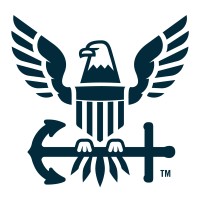
Sri Lanka Army
The Army Act was enacted in parliament on the 10th of October 1949 which is recognized as the day, the Ceylon Army was raised. The Army was to be comprised of a Regular and a Volunteer force. In May 1972, when Ceylon became the Republic of Sri Lanka, all Army units were renamed accordingly Regimental Centres # SLAC- Sri Lanka Armoured Corps # SLA - Sri Lanka Artillery # SLE - Sri Lanka Engineers # SLSC - Sri Lanka Signals Corps # SLLI - Sri Lanka Light Infantry # SLSR - Sri Lanka Sinha RegimentM # GW - Gamunu Watch # GR - Gajaba Regiment # VIR - Vijayabahu Infantry Regiment # MIR- Mechanized Infantry Regiment # CDO - Commando Regiment # SF - Special Forces Regiment # MIC - Military Intelligence Corps # CES - Corps of Engineer Services # SLASC - Sri Lanka Army Service Corps # SLAMC - Sri Lanka Army Medical Corps # SLAOC - Sri Lanka Army Ordnance Corps # SLEME - Sri Lanka Electrical and Mechanical Engineers # SLCMP - Sri Lanka Corps of Military Police # SLAGSC - Sri Lanka Army General Service Corps # SLAWC - Sri Lanka Army Women's Corps # SLRC - Sri Lanka Riffle Corps # SLPC - Sri Lanka Army Pioneer Corps # SLNG - Sri Lanka National Guard






